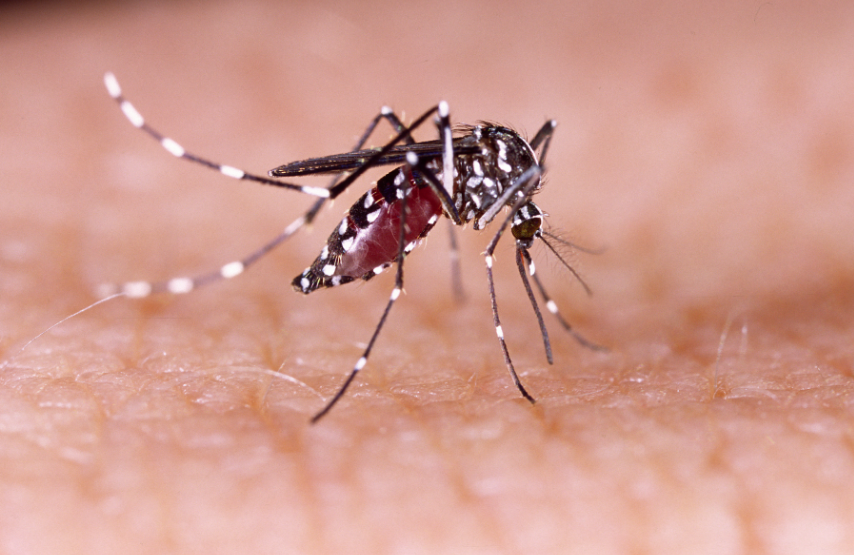
Dengue fever outbreak confirmed in Tanzania

Tanzanian authorities have announced an outbreak of the mosquito-borne dengue fever in the commercial capital Dar es Salaam and Tanga region along the coast.
Speaking to a local Tanzanian newspaper, The Citizen, Deputy Minister in the Ministry of Health, Dr. Faustine Ndugulile, said Dar es Salaam and Tanga regions have been found to have the disease.
“Dengue fever is here. We have started diagnosing some people, who suffered from the disease in Dar and Tanga regions. However, we are yet to receive any death as so far we have at least 200 patients in Dar es Salaam.”
The health minister also confirmed that there were 55 diagnosed cases in Tanga.
On March 18, 2018, Tanzania confirmed the outbreak of dengue fever, saying 11 people were diagnosed with the disease in Dar es Salaam.
Mosquitoes transmitting the disease reproduce in stagnant water outside or inside a human settlement.
But, unlike, the malaria vector, the mosquitoes spreading dengue bite people during the day especially in the morning and evening.
Symptoms of dengue fever typically begin three to 14 days after infection, which may include a high fever, headache, vomiting, muscle and joint pains, and a characteristic skin rash.
In rare cases, the other symptoms include blood oozing from natural orifices like the mouth, nose, eyes, and urinary system.
The worst dengue outbreak in Tanzania was in 2014 when more than 400 people in Dar es Salaam were diagnosed with the disease. Three people, including a doctor who reportedly caught it while attending to patients, died.
In the aftermath of the last outbreak, the World Health Organization (WHO) issued a global alert on the rise of vector-borne diseases, urging travelers to take precautions.
Because there is no medicine or vaccine for dengue, health experts recommend measures preventing mosquito bites.
Dengue fever is said to affect about 390 million people in the world every year and is particularly prevalent on the east African coast.






